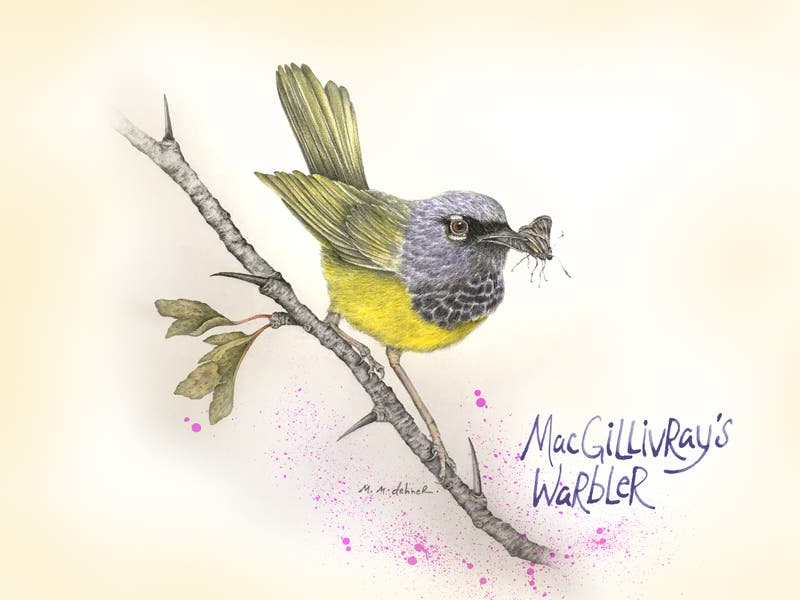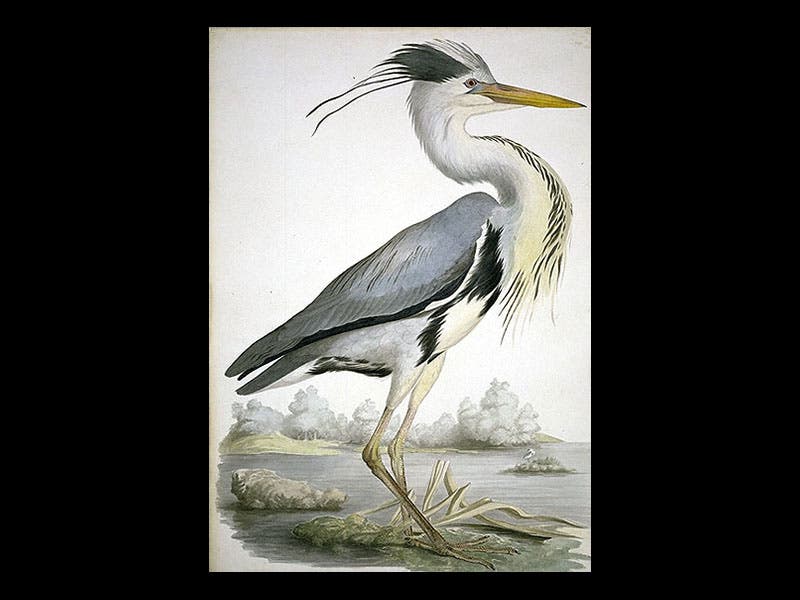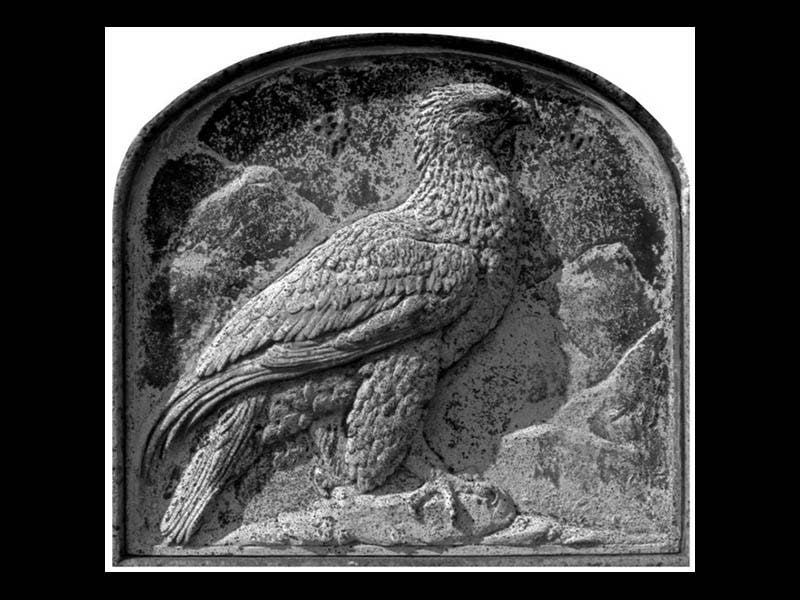Scientist of the Day - William MacGillivray

Melissa Dehner
William MacGillivray, a Scottish naturalist, was born Jan. 25, 1796. A native of Aberdeen, he moved at a young age to the Harris end of the island of Lewis and Harris, in the Outer Hebrides, just west of the northern Scottish mainland. He returned to Aberdeen to educate himself, and he used to walk back and forth between Harris and Aberdeen, a fair distance, even for someone on horseback. In 1819, at age 23, and now an enthusiastic birder, he got the urge to see the bird collection in the British Museum in London. So he set off on foot, with ten pounds in his pocket, a drinking glass, and a trowel, to visit a metropolis that was 840 miles away. The trek took him six weeks, and he arrived starving, long out of funds, with his shoes in tatters, but he immediately went to the Museum and saw his birds. A week later, partially recovered, he borrowed funds and took a steamer home.
MacGillivray spent 18 years in Edinburgh, first assisting Robert Jameson in running his museum, and then becoming curator of the Royal College of Surgeons museum. While in Edinburgh, he collaborated with John James Audubon in compiling the Ornithological Biographies (1831-39) that accompanied Audubon’s Birds of America, although you would not guess MacGillivray’s role from the title page, where his contribution is unacknowledged. Audubon did pay tribute to his partner in another way, by naming a bird in his honor, MacGillivray’s warbler (first image). Since the warbler is a native of North America, MacGillivray never saw his namesake. Our version was drawn for the occasion by the Library’s talented staff artist and designer, Melissa Dehner, her 7th contribution to this series.
MacGillivray was a competent bird artist in his own right, and the Natural History Museum in London has several hundred of his sketches, all available online, from which we selected three to display here: a gannet (second image), a grey heron (third image), and a family of merlins (fourth image; Audubon’s influence might be evident in this drawing).
MacGillivray returned to Aberdeen in 1841 and spent the rest of his life there. He was evidently highly revered, and in 1900, long after his death, a subscription was taken to erect a fine pink granite memorial stone (fifth image), in which was embedded a bronze eagle executed by a noted Scottish sculptor (sixth image). After standing undisturbed for over a century, the stone was robbed of its eagle in 2010, and it has yet to be located. We will now have to rely on MacGillivray’s warbler to carry on his memory.
Dr. William B. Ashworth, Jr., Consultant for the History of Science, Linda Hall Library and Associate Professor, Department of History, University of Missouri-Kansas City. Comments or corrections are welcome; please direct to ashworthw@umkc.edu.











